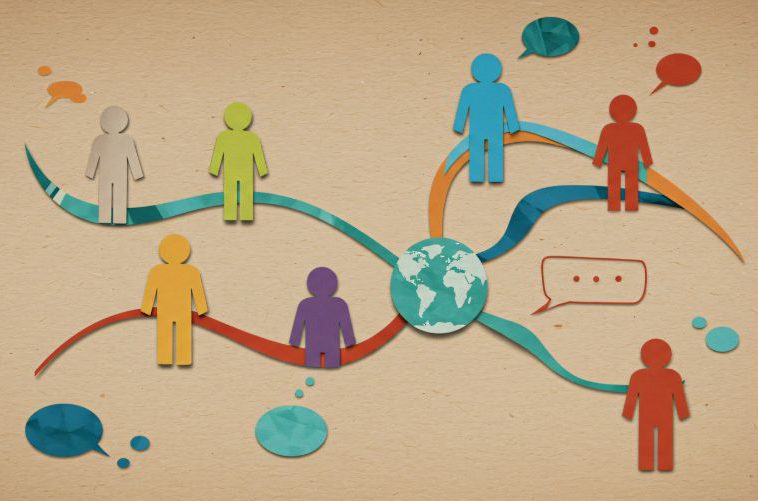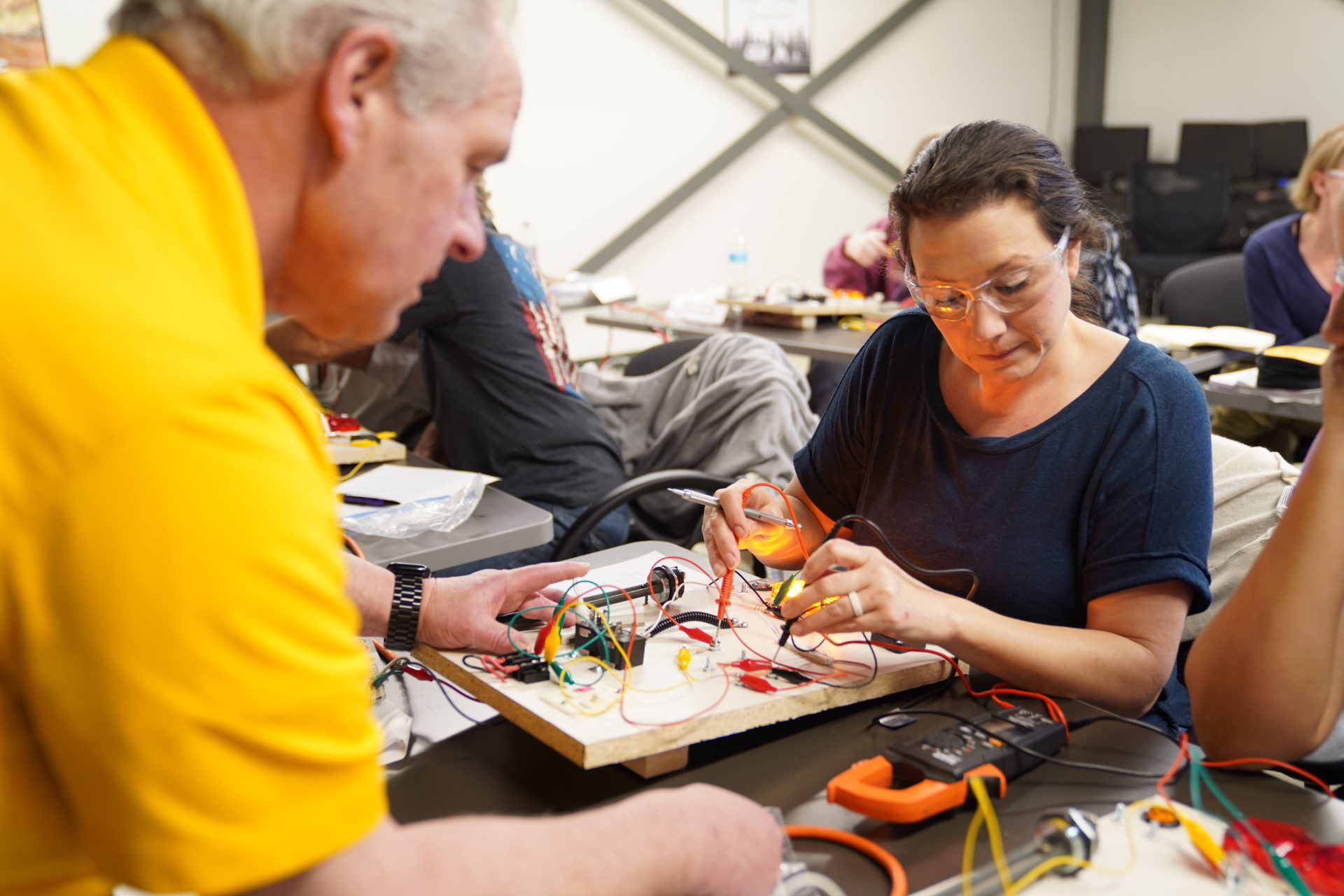
Parents: Your Teen’s Favorite Drug is Alcohol
Posted April 1, 2024, 1:00 pm by
Many adults partake in "dry January" each year as they strive to reboot their systems and live more healthfully. Sometimes it's hard to ignore the allure of a glass of wine with dinner or a beer at the end of the week. For some parents and guardians, it's even harder to ensure their children aren't partaking in underage drinking.
More Adolescents Use Alcohol Versus Tobacco or Marijuana
Alcohol continues to be the most commonly used and most available drug for most teens, according to the National Institute on Alcohol Abuse and Alcoholism. The latest 2022 statistics reveal:
- 5.8 million people between age 12 and 20 said they had "more than a few sips" of alcohol in the past month.
- 19.7% of people between age 14 and 15 have consumed at least one drink in their lifetime.
- 646,000 youth between ages 12 and 20 said they binge drank (having 3 to 5 drinks in two hours) in the past month.
Another publication produced by the National Center for Drug Abuse Statistics, which breaks down the abuse of alcohol and other illicit drugs, shows other stark figures.
- 62% of high school seniors have abused alcohol.
- 1.19 million pre-teens and teens ages 12 to 17 said they binge drank in the past month.
- 25.6% of 8th graders said they'd had alcohol at least once.
- 407,000 teens between ages 12 and 17 fit the criteria for Alcohol Use Disorder (AUD) in the past year.
There is a positive, however, among these scary statistics: underage drinking is declining. Between 2002 and 2021 (the most recent numbers available), alcohol use in youth aged 12 to 20 has decreased by over 47%. According to the National Institute on Alcohol Abuse and Alcoholism, among 16- and 17-year-olds, drinking has fallen 58% and among 14- and 15-year-olds? Drinking rates have fallen 69%.
Worried Your Teen Has an Alcohol Problem? Keep Reading.
Teens have many challenges to navigate throughout adolescence. They're adjusting to new emotions, physical development, additional responsibilities, and higher expectations. Another influence driving teenagers to use alcohol and other drugs? Stress.
A 2024 Centers for Disease Control and Prevention (CDC) study found that 44% of adolescents (aged 13 to 18) said they used drugs, including alcohol, to "stop worrying about a problem or forget bad memories" and 40% to help mitigate anxiety and depression.
If you're worried your teen may be using alcohol, start by looking for sudden changes in their mood and personality and an increase in depression or irritability, says Amanda Klinger, a senior clinician and licensed psychologist at the Hazelden Betty Ford Foundation in Center City, Minn. Here are some other signs that your teen might be trouble:
Sudden disappearing acts.
Specific attitude and personality changes can indicate substance abuse problems — the most common being a sudden disappearance for prolonged periods, says Klinger. If parents notice their teen becoming secretive, she says, it's time to begin asking the "tough questions."
"If your child is isolating him or herself and they are avoiding family interaction, that is a major indicator of alcohol or substance abuse," Klinger says. "Also, watch out if your teen is hanging out with different friends, has increased absences from school, or begins to drop extracurricular activities they once enjoyed."
Teenagers are still developing and don't know how to handle alcohol, says Samantha Mueller, founder and president of Jack's PACT, an alcohol awareness organization in Falmouth, Mass. You'll see it in their behavior.
"If your teen is staying out later and doesn't seem to be honest about who they were with or where they were, then it's time to be proactive and pay attention," Mueller says. "Their brains aren't fully developed yet. Drinking will impact their development, and you will see a change in behavior."
Physical changes, for the worse.
Physical differences in a child's appearance, says Klinger, can also indicate a problem with alcohol. After a night of drinking, teens experience withdrawal and fatigue, aka a hangover.
"Health problems like bloodshot eyes or sickness in the morning can often show that they have been drinking," Klinger says. "Putting less effort into clothing or their appearance is also a warning sign."
Mueller says to watch if your adolescent is sleeping at odd times or sleeping less.
"A lot of kids use or abuse alcohol because they're suffering from underlying mental health issues like anxiety or depression," Mueller says. "It's a cause and effect that can interrupt sleeping patterns."
Alcohol disappears.
For many teens, drinking begins at home when they sample alcohol stored in their parents’ liquor cabinet.
Even if parents are only social drinkers, it's risky to keep alcohol at home, Klinger says. Parents should monitor the bottle content of any liquor in the house.
"Be proactive and sniff the bottles to make sure they aren't being filled up with water or other substances that make it look like they're still full,” Klinger says.
While substituting water for alcohol is a tactic teens have used "since the dawn of time," Mueller says teenagers might also hide empty bottles in their rooms or cars. If you're concerned, you may need to do what she calls detective work.
"I don't advocate that parents search their child's room on a regular basis, but keep your eyes open for empty bottles," she says.
You Think You've Confirmed Your Suspicions. Now What?
Keep the lines of communication open.
For Mueller, healthy conversations are key to providing families with a future without fear. Once parents begin proactively addressing their adolescent's needs, the better the child is equipped to battle alcohol addiction.
"No parent wants to see their child struggle with alcohol abuse, and while it can be hard, reaching out is essential," Mueller says. "Hold them accountable, and point out that you know what's going on and want to help."
Klinger says creating an atmosphere in which adolescents feel free to share their troubles can stop a problem before it escalates further.
"Families should try to create a shame-free environment," Klinger says. "If teens feel ashamed of their actions, they're less likely to speak up and more likely to push against treatment if it's deemed necessary."
Ask for help.
Stacie Allphin, a manager for Teen and Family Services in Houston, TX, thinks social stigmas and taboos often stop parents from seeking help for their child's problems, even from substance abuse counselors and clinicians.
She suggests asking about clinician-led Alternative Peer Group programs, or APGs, which serve kids aged 13 to 18. The groups provide what Allphin calls a "cocoon" of positive support for teens trying to stay sober.
"After doing a screening with a family, we often find that the answer isn't treatment but involvement with our APGs, where both parents and kids can meet others experiencing the same difficulties," Allphin says. "Trying to achieve sobriety can be a hard process, but having this amount of support is incredibly helpful."
Klinger says families need to push beyond the stigma and consult with a treatment facility, physician, or support groups.
"So much stigma surrounds addiction that people tend to keep quiet, but they need to understand that they aren't alone," Klinger says. "Many families are dealing with this disease, and there are dozens of options designed to help families navigate the many facets of addiction."
Never give up hope.
Mueller says there is hope for teens dealing with alcohol and substance abuse. Prevention is key.
Her organization, founded after a drunk driver killed her 16-year-old brother, Jack, relies heavily on prevention programs such as peer mentoring and "Project Sticker Shock.” This project targets parents in the hope of preventing them — even those with good intentions — from hosting underage drinking parties. Volunteers of all ages place stickers that read, "Parents Who Host Lose the Most – Don't be a Party to Underage Drinking" on liquor store bags throughout Falmouth.
Klinger emphasized that when a family suspects their teen is struggling with an alcohol issue, parents shouldn't try to control their child but instead set healthy boundaries, communicate, stay positive and greet the problem with an open mind.
"Even with clearcut addiction, we have the ability to manage the disease," Klinger says. "Research shows that treatment programs that have an entire family component are more successful because it's not just about the teen – it's about the entire family recovering together. We don't need to give up hope."
Blog Categories
- Career Advice
- College Admissions
- Colleges & Universities
- Financial Aid and Scholarships
- For Counselors
- For Parents
- For Students
- Gap Years
- Mental Health and Wellness
- Online Learning
- Performing and Visual Arts
- STEM Majors and More
- Summer Programs
- Teen Volunteering
- Trade & Vocational Schools
- Tutoring & Test Prep

Organization with listings on TeenLife? Login here
Register for Free
We’re here to help you find your best-fit teen-centered academic and enrichment opportunities.
Forgot Password
"*" indicates required fields








